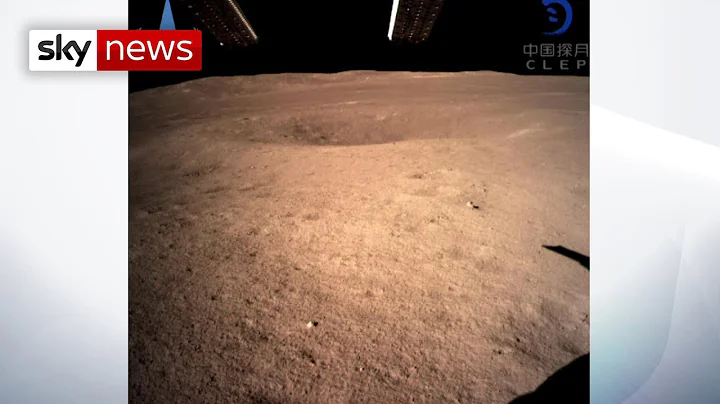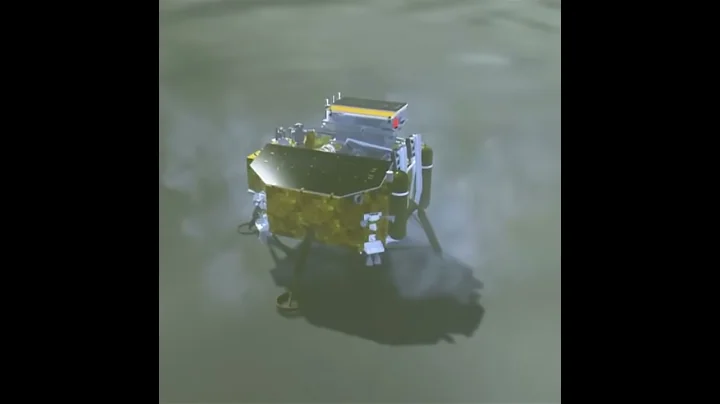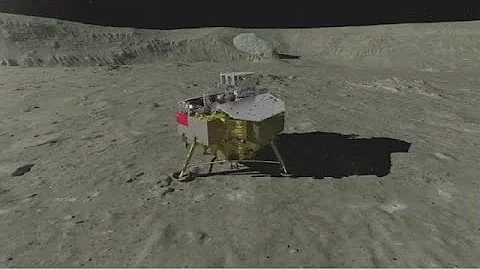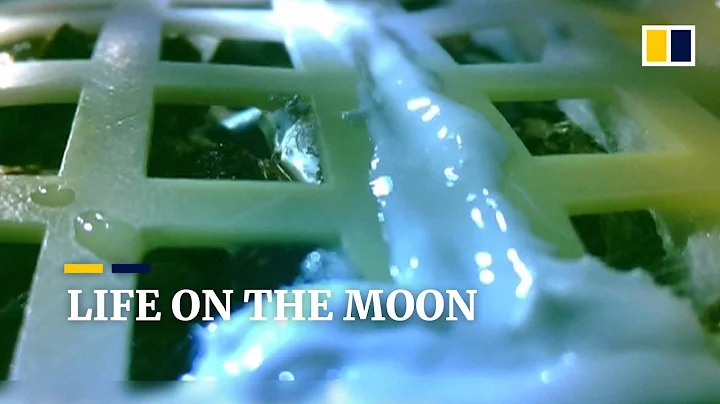On January 3 this year, Chang'e-4 successfully landed on the back of the moon and began patrolling and detecting. On January 15, the "Chang'e 4" biological science popularization test payload project team released a piece of happy news: in the biological science popularization test payload that landed on the far side of the moon with the "Chang'e 4", cotton seeds successfully germinated!


These are the growth conditions of plants on the moon (left) and the growth conditions of plants in the nutrient soil on the ground (right) on January 7.
The "Chang'e 4" biological science popularization test load carried cotton seeds, rapeseed, potatoes, Six organisms, Arabidopsis , yeast and Drosophila melanogaster , were all placed in a sealed biological science test load tank. The gravity on the moon is only one-sixth that of the Earth, and there is a temperature difference of about 300 degrees Celsius between day and night. Why carry these six creatures?

The School of Life Sciences of Chongqing University is responsible for the development of biological modules. They spent three years, from the deep mountain cliffs of Yunnan to the desert areas of Xinjiang, selecting 30 to 40 species that survive in extreme conditions for testing and screening.

The six selected organisms form a micro-ecosystem containing producers, consumers and decomposers . Among them, plants produce oxygen and food for "consumption" by all living things; fruit flies as consumers and yeast as decomposers produce carbon dioxide by consuming oxygen for plants to carry out photosynthesis . In addition, yeast can grow by breaking down plant and fruit fly waste, and the yeast can serve as food for the fruit flies.

The biological species screening for this popular science experiment has very strict requirements. Due to the limited load size, the animals and plants inside are required not to take up too much space. Therefore, the first condition is "small size". At the same time, it must be able to adapt to the extreme conditions on the lunar surface, requiring animals and plants to be able to withstand high temperatures, freezes, and be resistant to radiation and interference. During the selection process, they also considered turtles, bees, earthworms and other species, but later gave up due to reasons such as the higher oxygen consumption of and .

Dean of the Institute of Advanced Technology of Chongqing University Xie Update:
The final research team started from the most basic needs for human survival such as grain, cotton, and oil, and selected seeds such as potatoes, cotton, and rapeseed.
Potatoes are a familiar food and are likely to be the staple food in space in the future; rapeseed, as an important oil crop, is an indispensable oil guarantee for space food. Arabidopsis thaliana, Drosophila, and yeast are model species for scientists around the world to study organisms. They were selected because of their short growth cycles and their ability to display complete life processes in a short period of time.
Why does cotton sprout first? Qiu Dan, associate professor at the School of Life Sciences of Chongqing University, said that because cotton itself adapts to high temperatures for germination, it is planted in summer, so it is not afraid of high temperatures.
In order to further highlight the scientific research and science popularization value of this biological science popularization test payload, the biological science popularization test payload project team also conducted an earth-lunar comparison experiment at Chongqing University. At present, in the ground control experimental tanks, cotton and rapeseed seeds have grown bright green cotyledons . Under open conditions, rapeseed, cotton and potato seeds have sprouted.
editor: He Peng
draft editor: Zhang Cheng





















